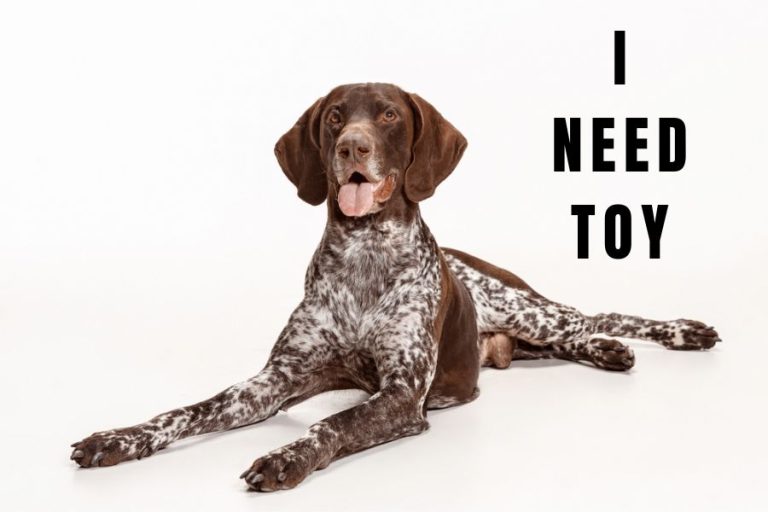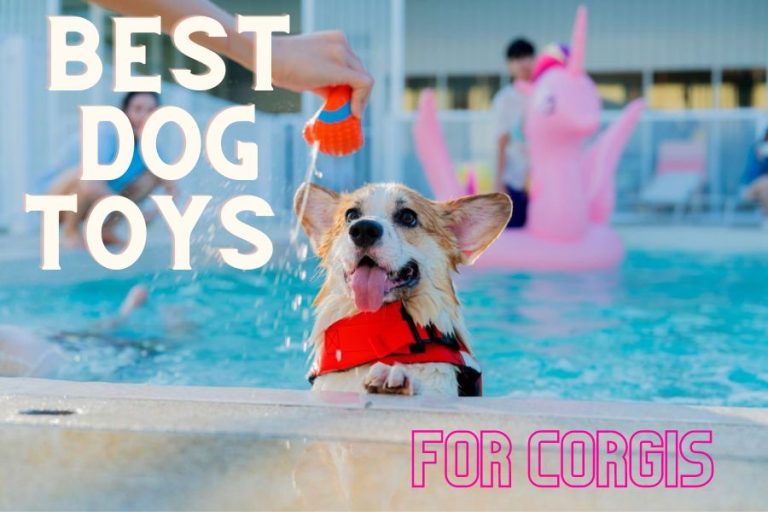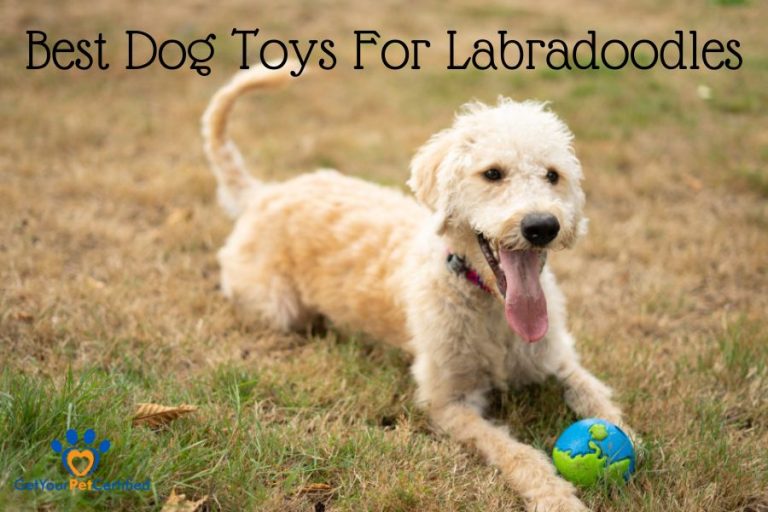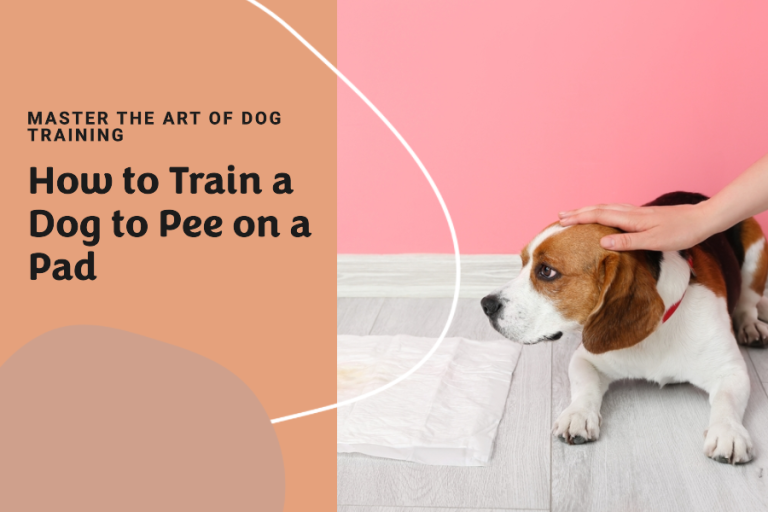Are King Charles Cavaliers Lazy Dogs? The Lovers Of Leisure
A Cavalier King Charles Spaniel has a luxuriant coat, expressive eyes, and serene elegance. With these misleading traits, “Are King Charles Cavaliers lazy dogs?”
Let’s take a journey back in time to understand how their royal lineage and history have shaped their habits and characteristics. Find out about their general energy levels, contrasting their laid-back nature with their capacity for playfulness and activity.
By the end, we hope to give you a balanced perspective on these charming dogs.
Understanding the Cavalier King Charles Spaniel
The Cavalier King Charles Spaniel has a history that dates back several centuries. These toy spanials are a breed in the United Kingdom with roots that were connected with royalty.
Their name came from the fact that they were a favorite of King Charles II. Their original purpose had nothing to do with doing laborious duties, but everything to do with making people feel at ease and welcoming with their inherent charisma. They were found as lap dogs for the aristocracy, as seen in portraits of their noble owners.
Despite their royal heritage, they are far from being aloof. Instead, Cavaliers are known for their extreme friendliness, warmth, and constant desire for human interaction.
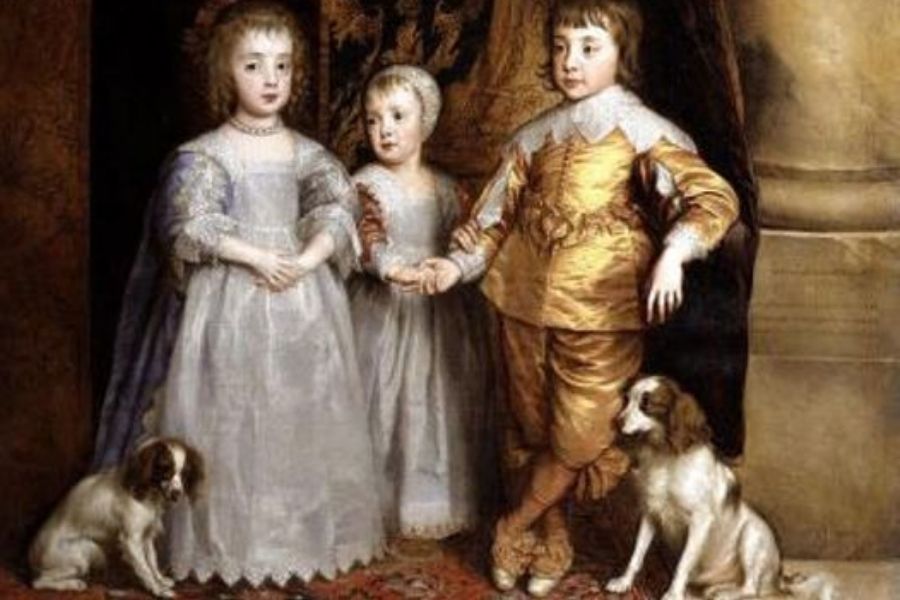
Cavaliers are incredibly adaptable and can adjust to various living situations. They are suitable for apartment living as well as homes with large yards. They are gentle and patient, families with children or other pets should consider having one of them.
However, they do not like being left alone for long periods, as they crave human interaction and may easily suffer from separation anxiety.
All these traits combined – their history, physical attributes, and lovable personalities – contribute to the enduring appeal of the Cavalier King Charles Spaniel as a cherished companion.
Are King Charles Cavaliers Lazy Dogs?
In reality, Cavalier King Charles Spaniels are generally less active when compared to other high-energy breeds.
Border Collies, Jack Russell Terriers, and Labrador Retrievers are breeds that have a work-oriented history, such as herding or hunting. Without a doubt, they have higher energy levels and exercise requirements. These dogs strongly need extensive daily exercise to avoid boredom, or else they can end up with destructive behavior.
Cavaliers, on the other hand, were bred primarily for bonding. As a result of their ancestor’s lifestyle, they have a more laid-back demeanor.
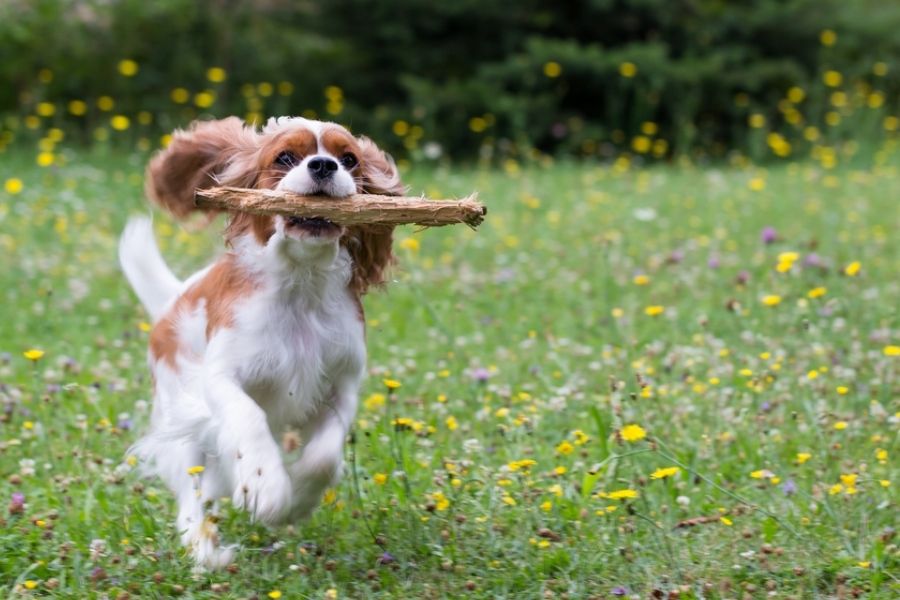
This doesn’t necessarily make them “lazy”, but rather, they need less physical activity than working or sporting breeds. They are usually content with moderate exercise, like daily walks and play sessions, and are happy simply by spending time with their owners.
This doesn’t mean that they don’t enjoy playing; they can be quite lively and active.
Although not typically seen as high-energy dogs, Cavaliers are more than willing to go on walks, play fetch, and engage in other physical activities. Their intelligence and eagerness to please make them relatively easy to train. They can also often excel in dog sports such as agility and obedience, given that they are trained to do so.
Conclusion
Each dog breed has its own unique characteristics and activity levels; you can be happy with a dog that matches your own lifestyle.
Dogs that are seen as lazy can actually be a perfect fit for someone who wishes for a less demanding but still affectionate and occasionally playful companion.




